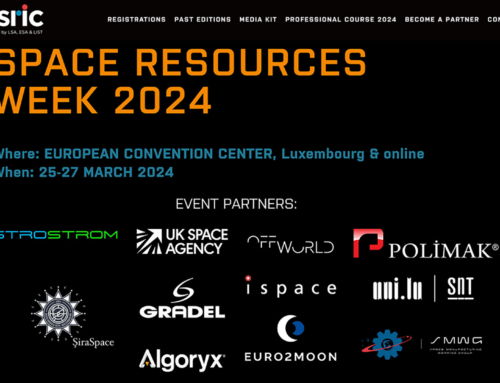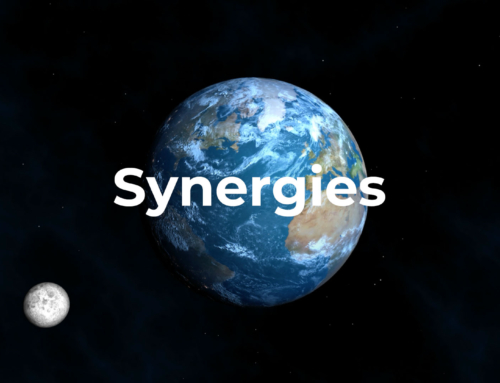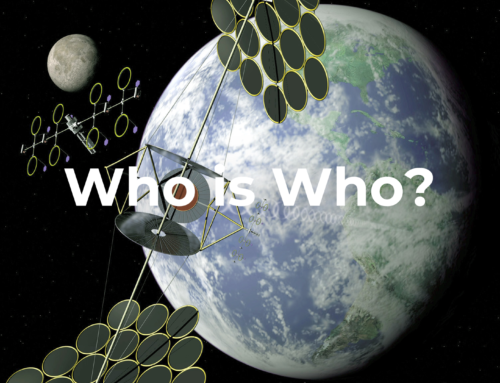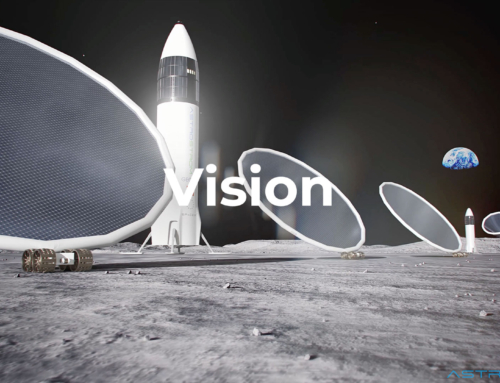The climate and energy crises and the urgent need for sustainable and clean energy have created a ‘window of opportunity’ for energy providers – a window that is also a multi-trillion investment opportunity for Space-Based Solar Power (SBSP).
Using data from the 2023 Energy Institute Statistical Review of World Energy, total world energy consumption in 2022 was 604 EJ or 167,789 TWh (Energy Institute, 2023, page 8). The same report indicated that total world electricity production was 29,165 TWh (Energy Institute, 2023, page 53).
According to GlobalPetrolPrices.com, world average price of electricity in 2023 is 0.155 U.S. dollars per kWh for household users and 0.152 U.S. dollars per kWh for business users, an average of US $0.15. Converted into Swiss francs, this is approximately CHF 0.14 per kWh. Using these figures, it is possible to estimate the value of the world electricity market.
(Note: 1 $ US = CHF 0.8835 / 1 € = CHF 0.956 – March 3, 2024 : https://www.xe.com/currencyconverter)
Based on this data, Astrostrom estimates the value of the world electricity market to be approximately CHF 4,083 or CHF 4.1 trillion per year. (29,165 TWh * 0.14)
In 2022, fossil fuels were used to generate 17,667 TWh of electricity or 61% of total world electricity production of 29,165 TWh. This indicates a market value of about CHF 2.5 trillion per year to replace fossil fuels used for electricity generation. (17,667 TWh * 0.14/kWh)
Oil production in 2022 was 93.9 million barrels per day or 34,273.5 million barrels per year (Statista, Oil production, 2022). At an average price of about $80 per barrel to produce, the value was $2,741,500,000,000 or about CHF 2.7 trillion (Macrotrends, Crude Oil Prices).

(BloombergNEF, Europe’sPath to Clean Energy, 2022)
BloombergNEF’s European Energy Transition Outlook 2022, projects that decarbonizing Europe’s energy system creates a $5.3 trillion (CHF 4.9 trillion) investment opportunity in new electricity generating and green hydrogen production capacity between now and the year 2050, or some CHF 200 billion per year (BloombergNEF, Path to Clean Energy, 2022).
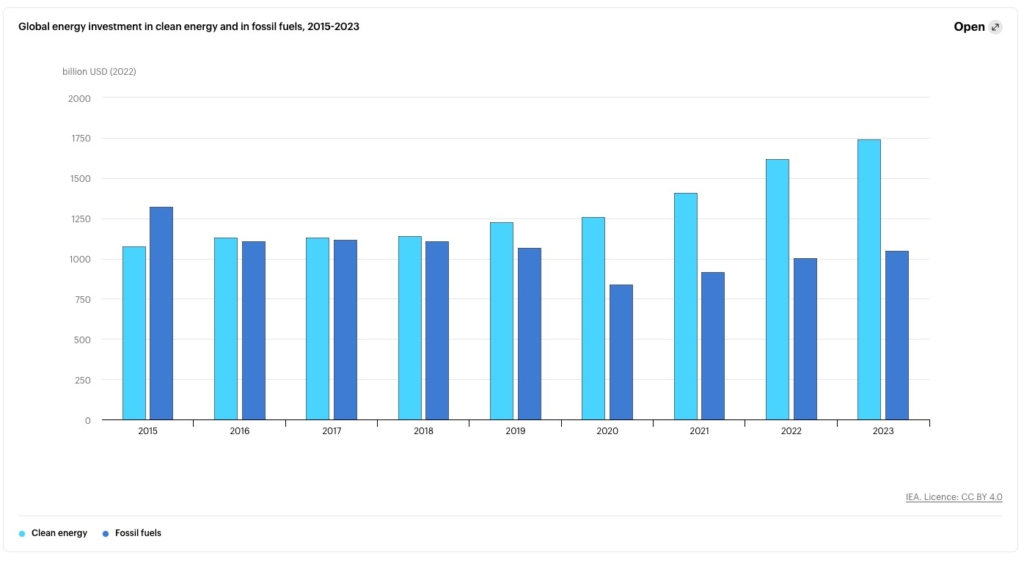
(IEA, Energy Investments in 2023 $1.7 trillion)
According to the International Energy Agency (IEA), the current global investment into clean energy was approximately $1.7 trillion in 2023, and at this rate of investment this could amount to at least US $40 trillion by 2050 in order to try and reach these goals (IEA, World Energy Investment, 2023).
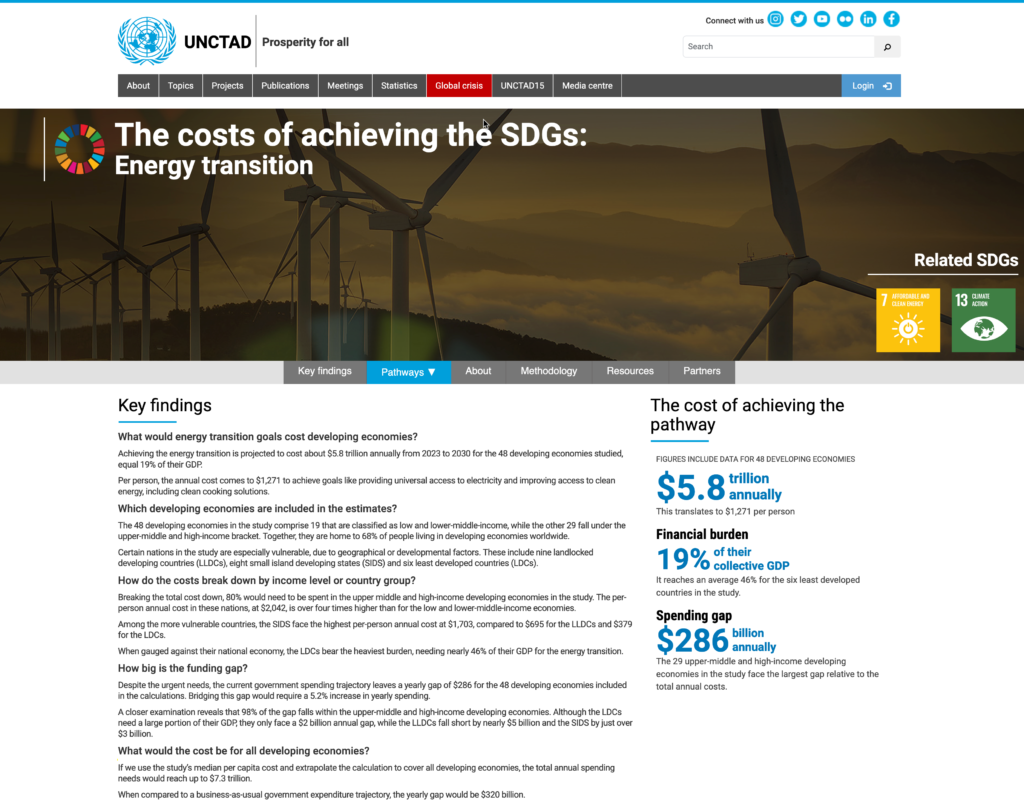
(UNCTAD, The costs of achieving the SSGs: Energy Transition, 2024)
Key findings by the UN Conference on Trade and Development (UNCTAD) in partnership with the UN Department of Economic and Social Affairs (UNDESA) and the United Nations Development Programme (UNDP) indicate that achieving the energy transition is projected to cost about $5.8 trillion annually from 2023 to 2030 for the 48 developing economies studied, equal 19% of their GDP. Per person, the annual cost comes to $1,271 to achieve goals like providing universal access to electricity and improving access to clean energy, including clean cooking solutions.
No matter how one estimates, the energy transition from fossil fuels to alternative sources of clean energy is a multi-trillion opportunity.
Initial Market Penetration for SBSP
The initial goal of the Astrostrom/GEEO Public-Private Partnership (PPP) will be for SBSP to provide the same amount of electricity as nuclear power delivers today. According to 2023 Energy Institute Statistical Review of World Energy, electricity generation by nuclear power was 2,679 TWh worldwide and 741.5 TWh in Europe (Energy Institute, 2023, page 53). As of May 2023, there were 437 nuclear reactors in operation in 32 countries around the world, 93 units in the US and 167 in Europe (Statista, 2023).
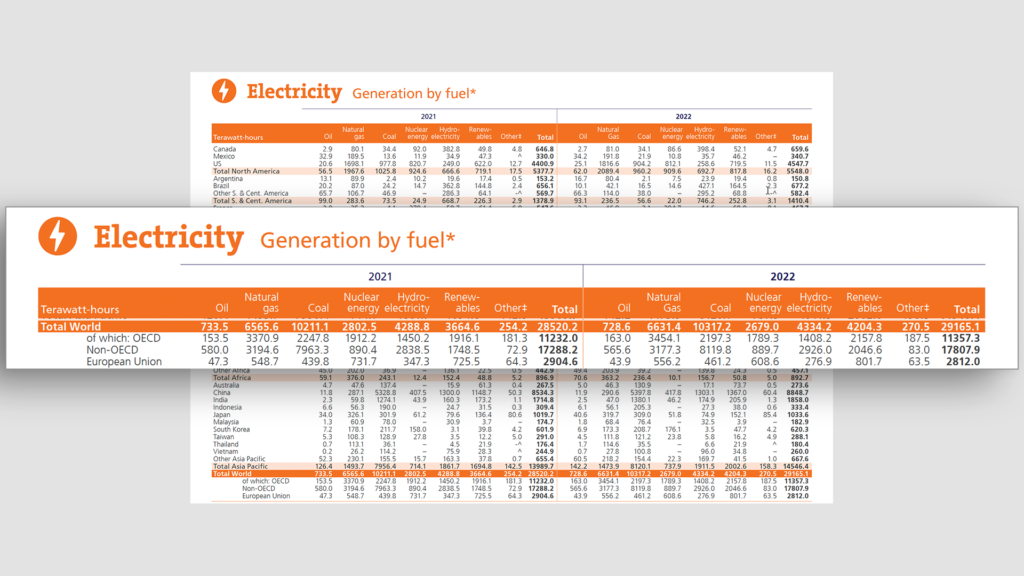
(2023 Energy Institute Statistical Review of World Energy, Electricity Generation by Fuel, page 53)
A Solar Power Satellite (SPS) operating with a 99% availability and with a rated power to the grid of 1.44 GW would provide 14.43 TWh/year of electricity. As such, this would require approximately 215 SPSs for the world and 59 SPSs for Europe to supply the equivalent electricity as does nuclear power today. These are taken as the initial SPS production targets of the proposed Astrostrom/GEEO PPP that could be achieved by 2050.
Using CHF 0.14 per kWh, would give the following market value estimates: CHF 375 billion/year and CHF 104 billion/year, respectively. This works out to about CHF 1.8 billion/year per SPS or approximately CHF 54 billion per SPS over a thirty-year operational lifetime.
In their 2022 Cost/Benefit analysis commissioned by the European Space Agency, Frazer-Nash/London Economics estimated that the first SBSP system to be put into service will cost €9.8 billion in 2022 prices and have will have operational costs of €3.5 billion through its 30-year life, or €13.3 billion in total. Due to economies of scale subsequent systems will be cheaper. Frazer Nash estimated that the cost of the tenth SPS system to be €7.6 billion with operational costs of €1.3 billion – € 8.9 billion in total (FNC/LE, 2022).
The up-front costs of the SPS hardware and deployment and the al costs would be amortized through the sale of electricity to markets on Earth. Existing studies of SBSP claim that the LCoE could be around CHF 50/MWh or CHF 0.05 kWh which is competitive with intermittent renewables (Space Solar FAQ, 2024).
However, a major obstacle to developing SBSP to become a major source of energy is the logistical and environmental challenge of launching 100’s and eventually 1,000’s of heavy lift rockets from the Earth’s surface to deploy Solar Power Satellites in geostationary orbit (GEO) that are more than one kilometre in diameter and weigh 1000’s of tonnes. This will require launch systems such as SpaceX’s Starship or the Chinese Long March 9 which are under development but not yet commercially available and their eventual availability to launch SPSs at the cadence needed is uncertain.
Producing SPS components on the Moon as proposed by Astrostrom, could reduce the amount of mass needed to be sent into orbit by 80% or more and thus making SBSP significantly more economically and environmentally interesting.
ASTROSTROM is seeking strategic partners and investors to set up the Greater Earth Energy Organisation (GEEO) to implement SBSP.
To find out how you can profit from this unprecedented opportunity that will transform the Fossil Fuel Age into the Space Energy Age, please send us an inquiry.
References:
- BloombergNEF: Europe’s Path to Clean Energy, (2022) A $5.3 Trillion Investment Opportunity. (Published: April 13, 2022)
https://about.bnef.com/blog/europes-path-to-clean-energy-a-5-3-trillion-investment-opportunity/ - ESA: Frazer Nash Consultancy, London Economics, Roland Berger: Cost Benefits Analysis conducted for ESA 2022
https://www.esa.int/Enabling_Support/Space_Engineering_Technology/SOLARIS/Cost_vs._benefits_studies - Energy Institute: 2023 Statistical Review of World Energy (2023)
https://www.energyinst.org/statistical-review - FNC/LE, (2022). Frazer Nash Consultancy and London Economics, Space-Based Solar Power: A Future Source of Energy For Europe?
https://astrostrom.ch/docs/Brochure(EN)_Space-Based_Solar_Power_A_Future_Source_of_Energy_for_Europe.pdf - GlobalPetrolPrices.com (2024)
https://www.globalpetrolprices.com/electricity_prices/ - International Energy Agency (IEA), World Energy Investment, 2023
https://www.iea.org/reports/world-energy-investment-2023 - Marcotrends: Crude Oil Prices – 70 Year Historical Chart
https://www.macrotrends.net/1369/crude-oil-price-history-chart - Space Solar FAQ: Economic (2024)
https://www.spacesolar.co.uk/faqs-category/economic/ - Statista (2022): Oil production from 1998 to 2022
https://www.statista.com/statistics/265203/global-oil-production-in-barrels-per-day/ - Statista, (2023). Number of operable nuclear power reactors worldwide as of May 2023
https://www.statista.com/statistics/267158/number-of-nuclear-reactors-in-operation-by-country/ - UNCTAD. (2024) – The costs of achieving the SDGs: Energy transition
https://unctad.org/sdg-costing/energy-transition


